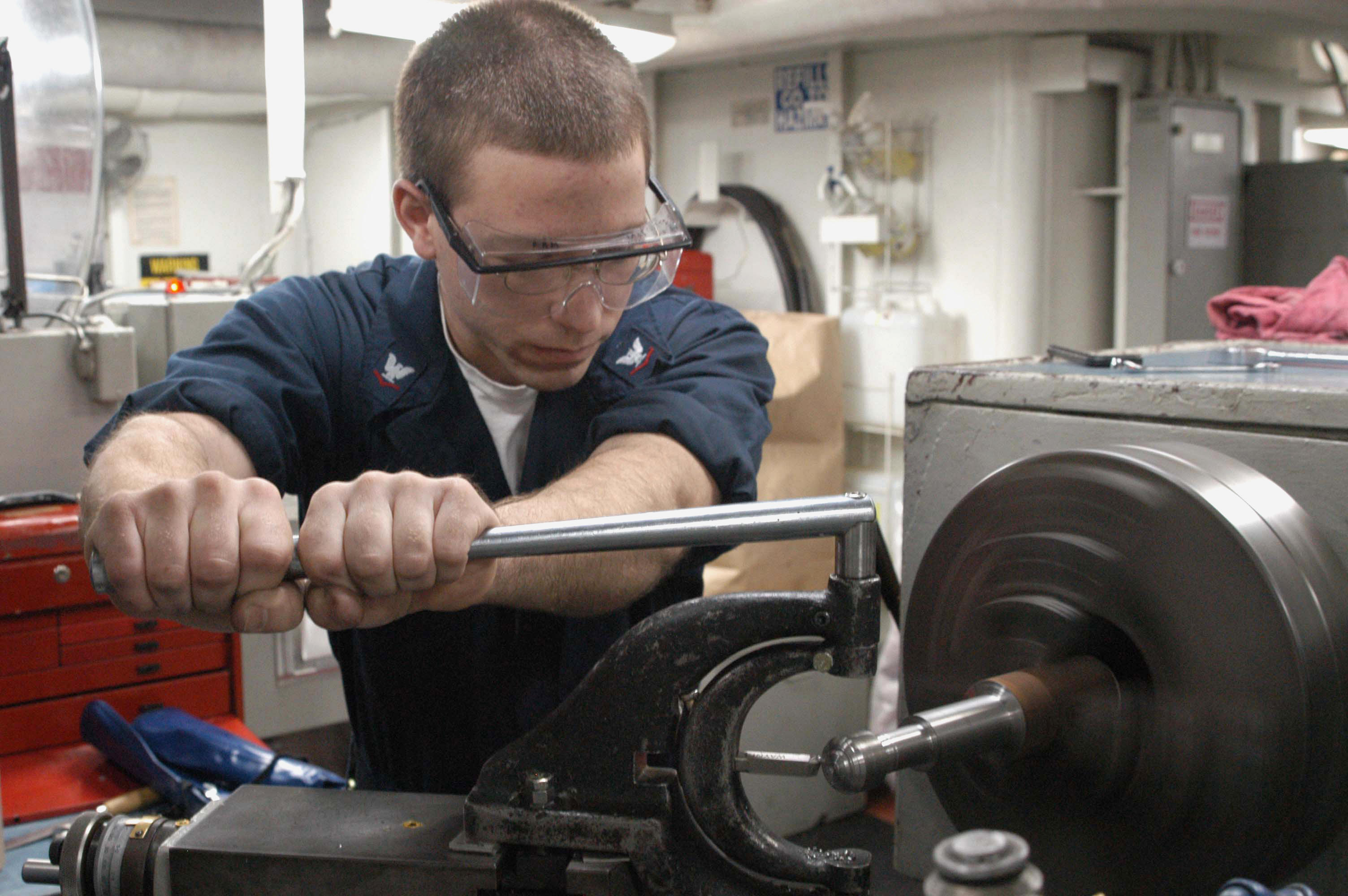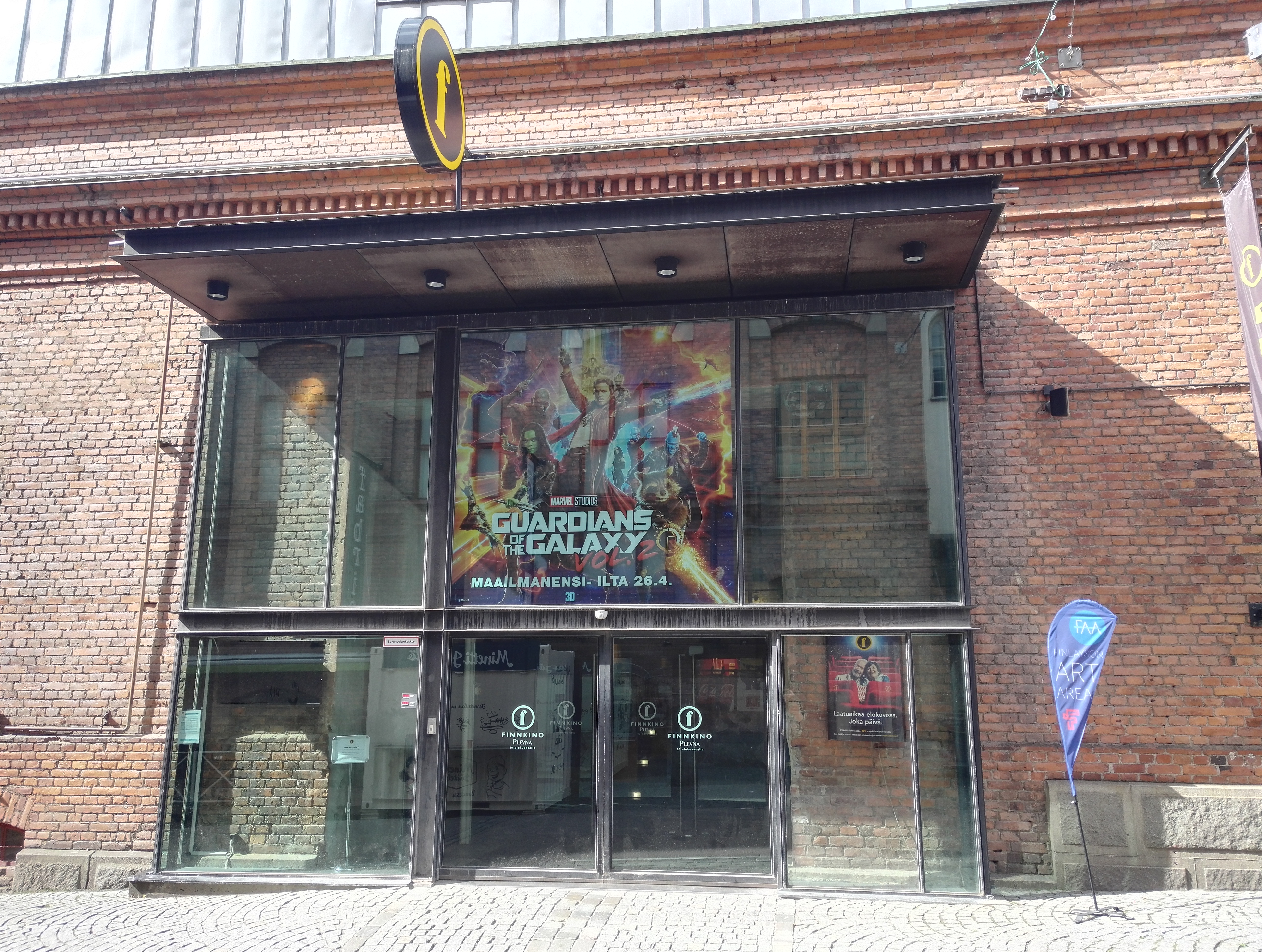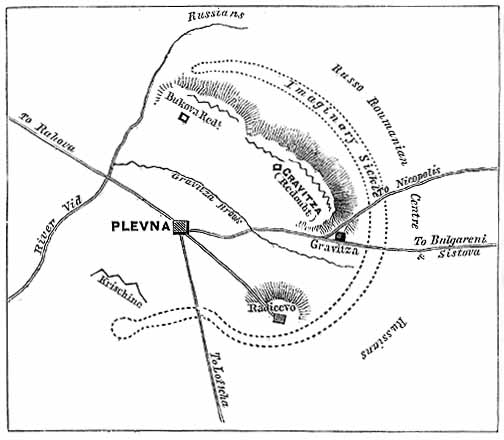|
James Finlayson (industrialist)
James Finlayson (29 August 1772? ODNB article by Brian D. J. Denoon, ‘Finlayson, James (1772?–1852?)’, Oxford Dictionary of National Biography, Oxford University Press, 200accessed 24 Dec 2007gives probable date of birth. – 1852?) was a British Quaker who, in effect, brought the Industrial Revolution to Tampere, Finland founding in 1820 the Finlayson company. Finlayson was born 1772 in Penicuik and became a self-trained engineer. In 1817, he moved to St. Petersburg to found a textile factory with the backing of Tsar Alexander I of Russia. In 1819 Finlayson visited the Grand Duchy of Finland, at the time under Russian rule. During his religious mission to sell bibles he visited Tampere. The next year Finlayson received permission from the Senate of Finland to build a factory in Tampere using water power from the Tammerkoski rapids. He moved to Tampere with his wife Margaret Finlayson. At first Finlayson had to import machinists from Britain to train new workers. The ... [...More Info...] [...Related Items...] OR: [Wikipedia] [Google] [Baidu] |
James Finlayson (1771-1852)
James Finlayson may refer to: *James Finlayson (minister) (1758–1808), of the Church of Scotland *James Finlayson (industrialist) (1771–1852), Scottish Quaker who, in effect, took the Industrial Revolution to Tampere, Finland *James Finlayson (actor) (1887–1953), Scottish actor *James Finlayson (politician) (1823–1903), British Liberal Party politician *James Finlayson (surgeon) (1840–1906), Scottish physician and writer *James Finlayson (martyr) The Perth Martyrs were six people executed in Perth, Scotland in 1543 for their Protestant beliefs. The condemned people were William Anderson, James Finlayson, James Hunter, Robert Lamb, James Raveleson and Helen Stark. They were sentenced to dea ..., 16th-century Scot, one of the Perth Martyrs *James Gordon Finlayson (born 1964), British philosopher {{hndis, Finlayson, James ... [...More Info...] [...Related Items...] OR: [Wikipedia] [Google] [Baidu] |
Machinist
A machinist is a tradesperson or trained professional who not only operates machine tools, but also has the knowledge of tooling and materials required to create set ups on machine tools such as milling machines, grinders, lathes, and drilling machines. A competent machinist should have a well-developed mechanical aptitude, the ability to correctly use precision measuring instruments, and a working knowledge of the proper speeds and feeds required for successfully utilizing the various work and tool materials commonly used in most machining operations. Nature of work Mass-produced parts of machines are more common today, but still require machinists and millwrights to calibrate and install machine parts to manufacture other parts. In many parts of the economy, however, custom-made parts are required for various uses. A machinist may work on manufacturing something simple like a motorcycle frame part, a piece of an internal combustion motor, or something extraordinarily complex, ... [...More Info...] [...Related Items...] OR: [Wikipedia] [Google] [Baidu] |
Incandescent Lighting
An incandescent light bulb, incandescent lamp or incandescent light globe is an electric light with a wire filament heated until it glows. The filament is enclosed in a glass bulb with a vacuum or inert gas to protect the filament from oxidation. Current is supplied to the filament by terminals or wires embedded in the glass. A bulb socket provides mechanical support and electrical connections. Incandescent bulbs are manufactured in a wide range of sizes, light output, and voltage ratings, from 1.5 volts to about 300 volts. They require no external regulating equipment, have low manufacturing costs, and work equally well on either alternating current or direct current. As a result, the incandescent bulb became widely used in household and commercial lighting, for portable lighting such as table lamps, car headlamps, and flashlights, and for decorative and advertising lighting. Incandescent bulbs are much less efficient than other types of electric lighting, converting le ... [...More Info...] [...Related Items...] OR: [Wikipedia] [Google] [Baidu] |
Finnkino Plevna
Plevna is a Finnkino movie theatre in central Tampere, Finland, in the Finlayson district. With its ten auditoria it is the largest movie theatre in Tampere and one of the largest in Finland. The theatre is located in the old Finlayson industrial area in the old Plevna industrial building. The theatre was opened in 1999 and it has a total of 1653 seats. Plevna is one of the premises of the annual Tampere Film Festival The Tampere Film Festival ( fi, Tampereen elokuvajuhlat) is a short film festival held every March, mostly at the Finnkino Plevna movie theatre, in Tampere, Finland. It is accredited by the film producers' society FIAPF, and together with the shor .... [...More Info...] [...Related Items...] OR: [Wikipedia] [Google] [Baidu] |
Multiplex (movie Theater)
A multiplex is a movie theater complex with multiple screens within a single complex. They are usually housed in a specially designed building. Sometimes, an existing venue undergoes a renovation where the existing auditoriums are split into smaller ones, or more auditoriums are added in an extension or expansion of the building. The largest of these complexes can sit thousands of people and are sometimes referred to as a megaplex. The difference between a multiplex and a megaplex is related to the number of screens, but the dividing line is not well-defined. Some say that 16 screens and stadium seating make a megaplex, while others say that at least 24 screens are required. Megaplex theaters may have stadium seating or normal seating, and may have other amenities often not found at smaller movie theaters; multiplex theatres often feature regular seating. The Kinepolis-Madrid Ciudad de la Imagen megaplex in Spain is the largest movie theater in the world, with 25 screens and ... [...More Info...] [...Related Items...] OR: [Wikipedia] [Google] [Baidu] |
Siege Of Plevna
The siege of Pleven, was a major battle of the Russo-Turkish War of 1877–1878, fought by the joint army of Russia and Romania against the Ottoman Empire. After the Russian army crossed the Danube at Svishtov, it began advancing towards the centre of modern Bulgaria, with the aim of crossing the Balkan Mountains to Constantinople, avoiding the fortified Turkish fortresses on the Black Sea coast. The Ottoman army led by Osman Pasha, returning from Serbia after a conflict with that country, was massed in the fortified city of Pleven, a city surrounded by numerous redoubts, located at an important road intersection. After two unsuccessful assaults, in which he lost valuable troops, the commander of the Russian troops on the Balkan front, Grand Duke Nicholas of Russia insisted by telegram the help of his Romanian ally King Carol I. King Carol I crossed the Danube with the Romanian Army and was placed in command of the Russian-Romanian troops. He decided not to make any more ... [...More Info...] [...Related Items...] OR: [Wikipedia] [Google] [Baidu] |
Plevna, Tampere
Plevna is a former industrial building located in the neighbourhood of Finlayson in central Tampere, Finland, hosting a Finnkino movie theatre, the brewery restaurant Plevna and the brewery Koskipanimo. The building was designed by architects Georg Gunliffe and F. L. Calonius and built from 1876 to 1877.10 Plevna city of Tampere 2003. Accessed on 16 August 2021. It housed the largest weaving hall in the Nordic countries upon completion, holding 1200 power looms. The red brick facade lacked windows and the weaving hall was illuminated through the ceiling windows. Plevna was the first building in the Nordic ... [...More Info...] [...Related Items...] OR: [Wikipedia] [Google] [Baidu] |
Power Loom
A power loom is a mechanized loom, and was one of the key developments in the industrialization of weaving during the early Industrial Revolution. The first power loom was designed in 1786 by Edmund Cartwright and first built that same year. It was refined over the next 47 years until a design by the Howard and Bullough company made the operation completely automatic. This device was designed in 1834 by James Bullough and William Kenworthy, and was named the Lancashire loom. By the year 1850, there were a total of around 260,000 power loom operations in England. Two years later came the Northrop loom which replenished the shuttle when it was empty. This replaced the Lancashire loom. Shuttle looms The main components of the loom are the warp beam, heddles, harnesses, shuttle, reed, and takeup roll. In the loom, yarn processing includes shedding, picking, battening and taking-up operations. * ''Shedding''. Shedding is the raising of the warp yarns to form a loop through whi ... [...More Info...] [...Related Items...] OR: [Wikipedia] [Google] [Baidu] |
Nordic Countries
The Nordic countries (also known as the Nordics or ''Norden''; literal translation, lit. 'the North') are a geographical and cultural region in Northern Europe and the Atlantic Ocean, North Atlantic. It includes the sovereign states of Denmark, Finland, Iceland, Norway and Sweden; the autonomous administrative division, autonomous territories of the Faroe Islands and Greenland; and the autonomous region of Åland. The Nordic countries have much in common in their way of life, History of Scandinavia, history, religion and Nordic model, social structure. They have a long history of political unions and other close relations but do not form a singular entity today. The Scandinavism, Scandinavist movement sought to unite Denmark, Norway and Sweden into one country in the 19th century. With the dissolution of the union between Norway and Sweden (Norwegian independence), the independence of Finland in the early 20th century and the 1944 Icelandic constitutional referendum, this move ... [...More Info...] [...Related Items...] OR: [Wikipedia] [Google] [Baidu] |
Weaving
Weaving is a method of textile production in which two distinct sets of yarns or threads are interlaced at right angles to form a fabric or cloth. Other methods are knitting, crocheting, felting, and braiding or plaiting. The longitudinal threads are called the warp and the lateral threads are the weft, woof, or filling. (''Weft'' is an Old English word meaning "that which is woven"; compare ''leave'' and ''left''.) The method in which these threads are interwoven affects the characteristics of the cloth. Cloth is usually woven on a loom, a device that holds the warp threads in place while filling threads are woven through them. A fabric band that meets this definition of cloth (warp threads with a weft thread winding between) can also be made using other methods, including tablet weaving, back strap loom, or other techniques that can be done without looms. The way the warp and filling threads interlace with each other is called the weave. The majority of woven products a ... [...More Info...] [...Related Items...] OR: [Wikipedia] [Google] [Baidu] |
Entertainment
Entertainment is a form of activity that holds the attention and interest of an audience or gives pleasure and delight. It can be an idea or a task, but is more likely to be one of the activities or events that have developed over thousands of years specifically for the purpose of keeping an audience's attention. Although people's attention is held by different things because individuals have different preferences, most forms of entertainment are recognisable and familiar. Storytelling, music, drama, dance, and different kinds of performance exist in all cultures and were supported in royal courts and developed into sophisticated forms, over time becoming available to all citizens. The process has been accelerated in modern times by an entertainment industry that records and sells entertainment products. Entertainment evolves and can be adapted to suit any scale, ranging from an individual who chooses a private entertainment from a now enormous array of pre-recorded p ... [...More Info...] [...Related Items...] OR: [Wikipedia] [Google] [Baidu] |
Edinburgh
Edinburgh ( ; gd, Dùn Èideann ) is the capital city of Scotland and one of its 32 Council areas of Scotland, council areas. Historically part of the county of Midlothian (interchangeably Edinburghshire before 1921), it is located in Lothian on the southern shore of the Firth of Forth. Edinburgh is Scotland's List of towns and cities in Scotland by population, second-most populous city, after Glasgow, and the List of cities in the United Kingdom, seventh-most populous city in the United Kingdom. Recognised as the capital of Scotland since at least the 15th century, Edinburgh is the seat of the Scottish Government, the Scottish Parliament and the Courts of Scotland, highest courts in Scotland. The city's Holyrood Palace, Palace of Holyroodhouse is the official residence of the Monarchy of the United Kingdom, British monarchy in Scotland. The city has long been a centre of education, particularly in the fields of medicine, Scots law, Scottish law, literature, philosophy, the sc ... [...More Info...] [...Related Items...] OR: [Wikipedia] [Google] [Baidu] |
.jpg)









